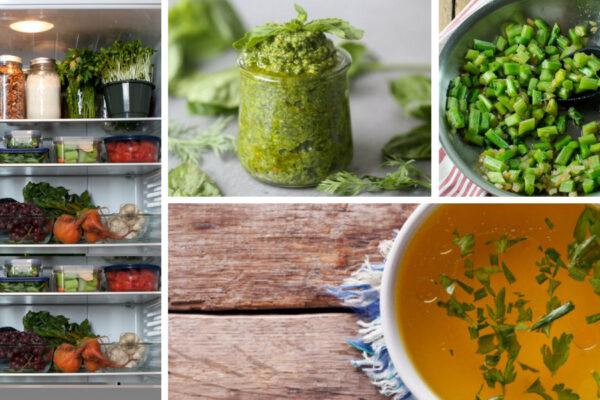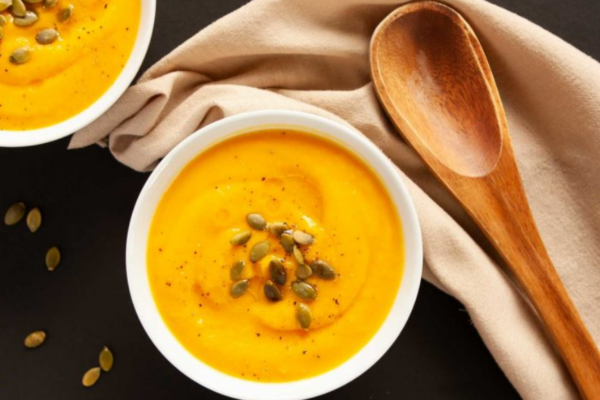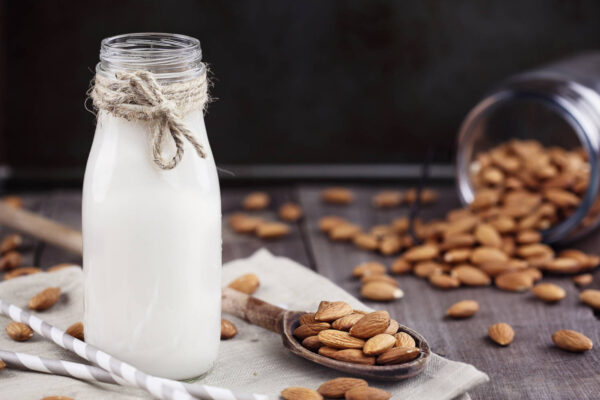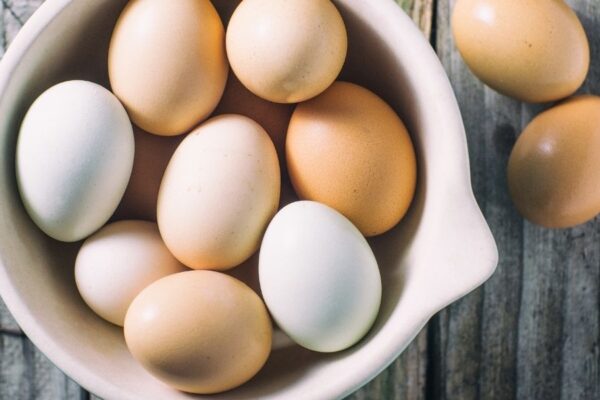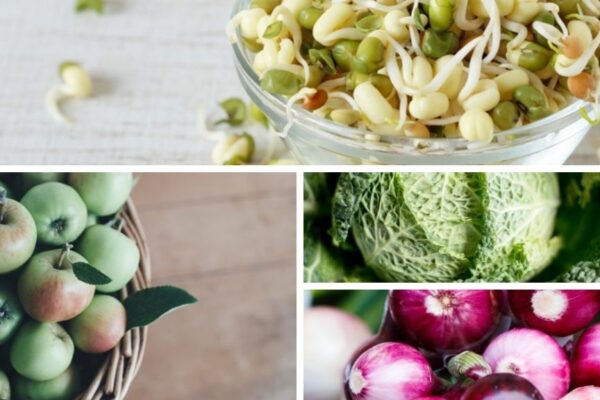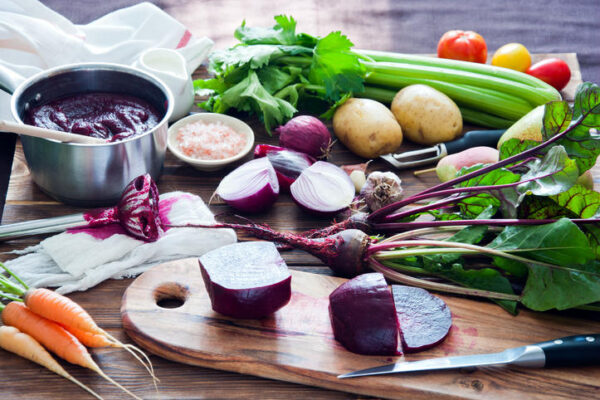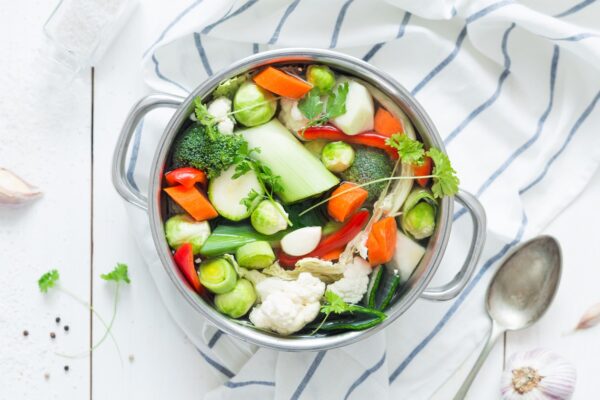How to Make Nut and Seed Butter
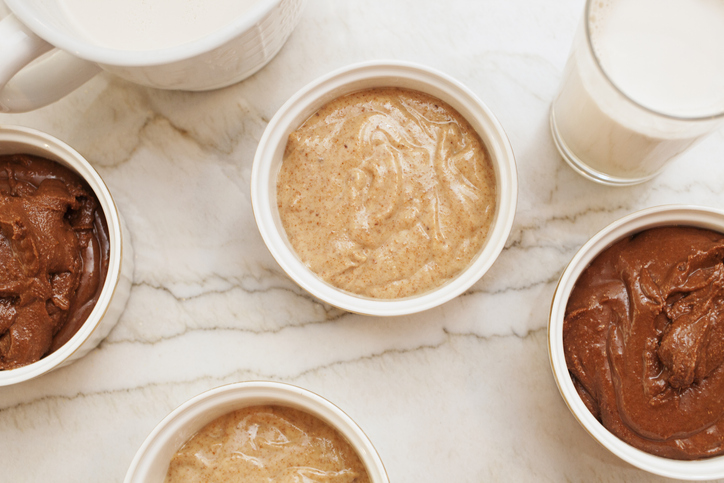
Nut and seed butters are staple condiments in many kitchens around the world, adding a range of flavour, texture and nutrition to recipes. Sure, you can buy them in virtually any grocery store – but it’s often less expensive and healthier to blend them at home. If you’ve been intimidated by creating your own, this guide to making nut and seed butter has everything you need to make them with confidence!
Why Make Your Own Nut and Seed Butter?
Whenever you cook food from scratch, you have far more control over what goes into what you’re eating. While there are certainly quality brands of nut and seed butter out there, far too many use:
- Low quality nuts and seeds
- Unhealthy cooking oils
- Added refined sugars or artificial sweeteners
- Added sodium
In addition, nuts and seeds contain delicate fats that are very susceptible to heat, light and air. Through the sheer force of large-scale blending, some nut and seed butter brands may be heated to the point where the nutrients in them are destroyed, making them taste off or rancid.
Blending your own nut and seed butter is easy to do and you can create many different, fun flavour variations!
Get your FREE Nut & Seed Butter Guide plus 35 more free resource guides!
Fill out the form below for instant access.
Free Resource Library
Enjoy more than 40 downloadable guides, recipes, and resources.
Culinary Nutrition Benefits of Nut and Seed Butter
Nut and seed butters are rich in:
- Protein: Essential for repairing tissues, boosting immunity, bolstering energy and hormone balance
- Health-building fats: Mono and polyunsaturated fats found in nuts help to reduce inflammation, build cell membranes, support brain health, lower the risk of heart disease, keep joints fluid and make us feel full.
- Fibre: Important for balancing blood sugar, improving digestive health and reducing constipation, lowering cholesterol levels and increasing satiety.
- Vitamins and minerals: B vitamins help nourish the nervous system and provide us with energy, while Vitamin E protects our bodies from damage and heart disease. Minerals such as calcium, magnesium, copper and zinc help with bone health, relaxation, heart health, immunity and shields cells from injury.
- Antioxidants: Potent phytochemicals that protect us from damage.
Studies on nuts and seeds show that nut/seed consumption increases satiety, helps you maintain a healthy weight, reduces inflammation, balances blood sugar levels, nourishes the brain, and lowers the risk of heart disease and cancer.
Types of Nut and Seed Butter
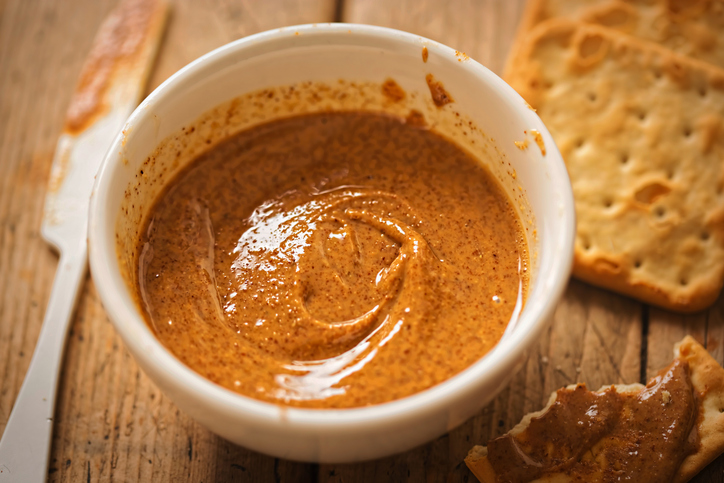
- Almond butter
- Cashew butter
- Walnut butter
- Hazelnut butter
- Pecan butter
- Brazil nut butter
- Macadamia butter
- Sunflower seed butter (sunbutter)
- Sesame seed butter (tahini)
- Pumpkin seed butter
- Hemp seed butter
Flavouring Nut and Seed Butter
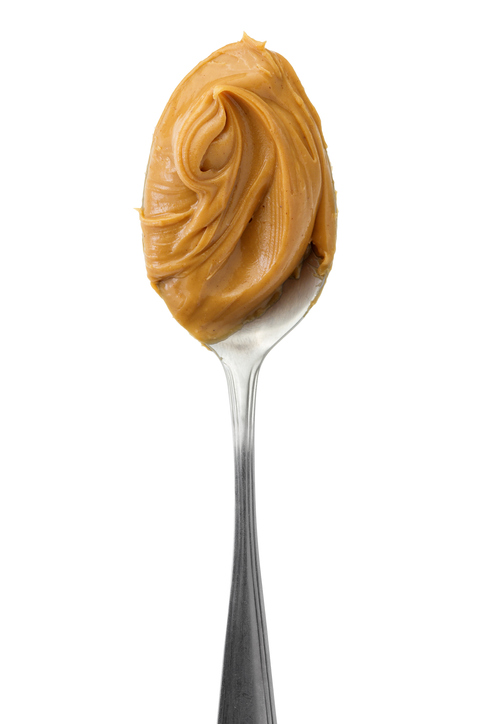
Once you’ve mastered basic nut and seed butter (see recipe at the bottom), you can move on to flavouring it as desired. Some ingredients you can add include:
Cacao powder or melted dark chocolate
Health Benefit: Contains minerals that help us relax and support energy, antioxidants for protection and healthy fats for satiety, blood sugar and hormone balance, and chemicals that make our brains happy.
Flavour Profile: Depending on the type you add to your nut butter, chocolate can be sweet, bitter, or fruity.
Shredded coconut or coconut butter
Health Benefit: Saturated fats reduce inflammation, aid digestion, benefit immunity and support the nervous system.
Flavour Profile: Slightly sweet, and adds a creamy and thick texture.
Cinnamon
Health Benefit: Balances blood sugar levels and reduces inflammation.
Flavour Profile: Sweet and slightly spicy.
Turmeric
Health Benefit: Reduces inflammation and pain throughout the body, rich in antioxidants and cancer-fighting nutrients.
Flavour Profile: Bitter and spicy.
Ginger
Health Benefit: Reduces inflammation and nausea, supports digestion.
Flavour Profile: Spicy.
Nutmeg
Health Benefit: Anti-inflammatory, rich in antioxidants to shield us from damage and has anti-bacterial properties.
Flavour Profile: Spicy, nutty, with a little sweetness.
Coconut oil
Health Benefit: Saturated fats reduce inflammation, aid digestion, benefit immunity and support the nervous system.
Flavour Profile: Slightly sweet.
Maple syrup, honey or another natural sweetener
Health Benefit: Varies depending on the natural sweetener , but most will have a lesser impact on blood sugar and contain vitamins, minerals and antioxidants.
Flavour Profile: Will vary on sweetener used – get the lowdown on sweetener flavour profiles here.
Maca
Health Benefit: Relieves stress, boosts energy levels, balances hormones and increases your sex drive.
Flavour Profile: Malty.
Matcha
Health Benefit: Very rich in antioxidants, supports brain health and focus, and can help with weight loss.
Flavour Profile: Astringent, vegetal.
Vanilla
Health Benefit: Rich in antioxidants
Flavour Profile: Sweet
Pumpkin pie spice
Health Benefit: Varies depending on the spice combo, but most contain spices that are anti-inflammatory, anti-bacterial and antimicrobial (this blend is our favourite).
Flavour Profile: Sweet, sharp, slightly spicy.
Cardamom
Health Benefit: Reduces inflammation, aids digestion, good for dental health, lowers blood sugar and blood pressure.
Flavour Profile: Sweet.
Citrus zest
Health Benefit: Rich in antioxidants, immune-boosting and detoxifying.
Flavour Profile: Sour, tangy.
Espresso powder, Dandy Blend or herbal coffee alternatives
Health Benefit: Coffee will help boost energy levels, herbal alternatives can help with detoxification.
Flavour Profile: Coffee-ish!
Ghee
Health Benefit: Reduces risk of heart disease, great for digestion, supports dental health and weight loss – learn how to make your own at home.
Flavour Profile: Buttery.
Ground flax or chia
Health Benefit: Rich in fibre for digestive health, heart health and blood sugar balance, a source of anti-inflammatory omega-3 fats, chia contains calcium and magnesium for bone health while flax helps with hormone balance.
Flavour Profile: Neutral flavour, but flax and chia have an effect on texture – they are thick and mucilaginous.
Really, the sky’s the limit! Use your imagination to whip up creative and flavourful nut and seed butter blends.
Storing Nut and Seed Butter
As we mentioned earlier, nuts and seeds can easily go rancid so we prefer to store them in the fridge. If you are using an ingredient in your butter that firms up a lot in the fridge (like coconut oil or ghee), or if you go through it quickly, you could store it in a cool, dark cupboard instead.
How to Use Homemade Nut and Seed Butter
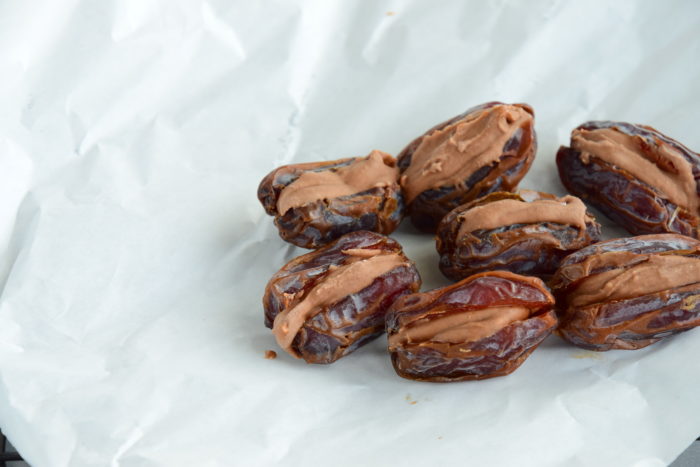
Use your homemade nut and seed butter in:
- Smoothies
- Dairy-free elixirs
- Homemade chocolate recipes
- Gluten-free baking
- Dips
- Sauces (we love this peanut-free one)
- Noodle dishes
- Popsicles
- Nut milk: blend 1/4 cup nut/seed butter with 1 1/2 cups water
- Frosting
- Soups and stews, as a thickener
- Breakfast dishes, like gluten-free toast, oatmeal, overnight oats or chia pudding
- No-bake energy bites
- No-bake ‘fudge’
- Stuffed dates
Your nut and seed butter is very versatile, so feel free to get creative. Or, just eat it off the spoon!
Print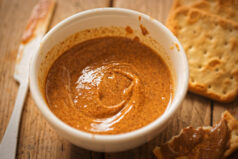
How to Make Nut and Seed Butter
- Total Time: 30 mins
- Yield: 1.5 cups 1x
Ingredients
- 3 cups nuts, seeds, or a mix of both
- Pinch salt
Instructions
- If you’d like to leave your nut butter raw, skip to step #4.
- If using the oven, preheat to 350 degrees. Spread your nuts or seeds out evenly on a baking sheet. Bake for 6-12 minutes, until nuts/seeds are lightly golden. Cooking time will depend on the size of the nut/seed used – smaller seeds like sesame will take closer to 6-8 minutes. Allow them to cool.
- If using the stovetop, heat a large, dry skillet over medium heat. Add the nuts and toast for 6-12 minutes, stirring every few minutes. Again, cooking time will depend on the size of nut or seed. Allow them to cool.
- Place your nuts or seeds into a food processor or high speed blender (we prefer a food processor for this task, as it’s easier to blend and scrape the nut butter out). Start on a low speed, until the nuts/seeds are broken down to a fine meal. Turn the speed up and blend, stopping the machine to scrape down the sides as needed, until the nut and seed butter is smooth and creamy. Depending on the speed of your blender or processor, this can take anywhere from 8 to 15 minutes.
- Add a few pinches of salt, if using.
- Place your funnel over your storage jar or container (this helps to reduce spillage and mess!). Use your spatula to scrape all of the nut butter into the jar.
- At this point, the nut or seed butter will still be quite warm from blending. Leave on the counter to cool to room temperature, then store in the fridge.
- Prep Time: 15 mins
- Cook Time: 15 mins
- Category: Condiment
Find it online: https://www.meghantelpner.com/how-to-make-nut-and-seed-butter/
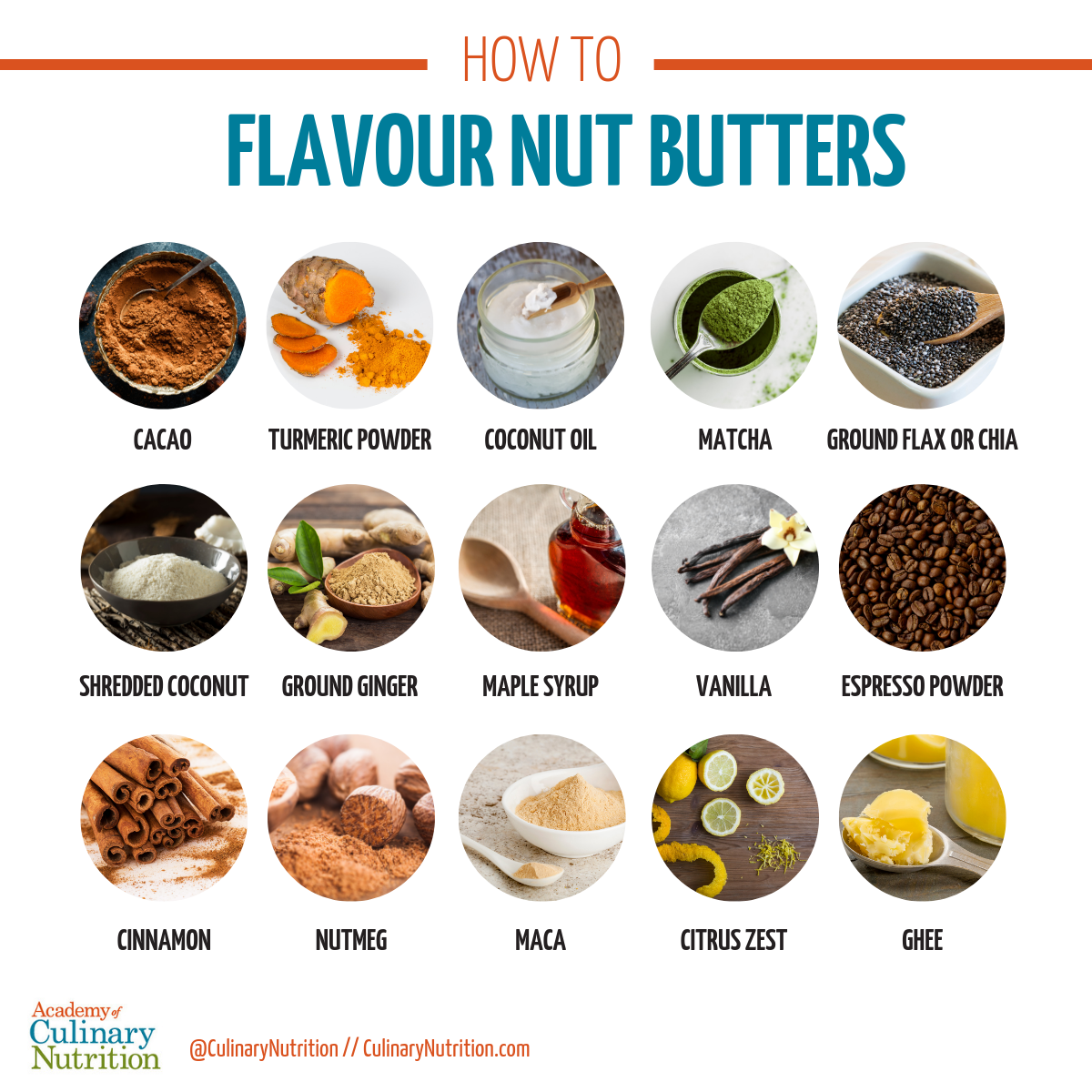
Free Resource Library
Enjoy more than 40 downloadable guides, recipes, and resources.















